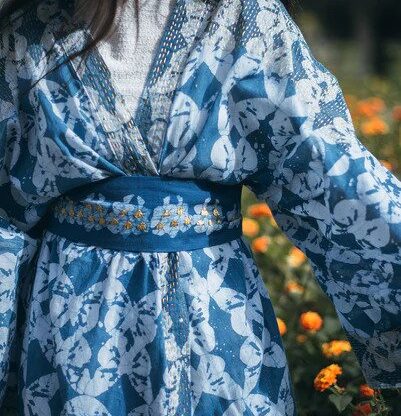Chagaras hold a significant place in various cultures around the world, serving not only as a piece of clothing but also as a symbol of tradition, identity, and artistry. From their origins steeped in history to their modern-day adaptations, this traditional attire continues to captivate individuals with its intricate designs and cultural significance.
Origins and History
Chagaras trace their roots back to ancient civilizations, where they were initially worn as ceremonial attire by royalty and nobility. Over time, they evolved into everyday garments, with each culture infusing its unique style and symbolism into the fabric.
Cultural Significance
Across different cultures, chagaras carry diverse meanings, representing elements such as prosperity, spirituality, and familial bonds. They often play a central role in traditional ceremonies and celebrations, symbolizing heritage and continuity.
Types of Chagaras
Traditional Chagaras
Traditional chagaras typically feature handwoven fabrics and intricate embroidery, showcasing the craftsmanship and artistry of skilled artisans. These garments are cherished heirlooms passed down through generations.
Modern Chagaras
In recent years, chagaras have undergone a modern revival, with contemporary designers incorporating traditional elements into their creations. This fusion of old and new appeals to a broader audience while preserving cultural heritage.
How to Wear Chagaras
The versatility of chagaras allows for various styling options, from draping them elegantly as a sari to pairing them with modern accessories for a fashion-forward look. Learning to drape Cultural attire is an art form in itself, requiring practice and precision.
Chagaras in Fashion
Chagaras have transcended cultural boundaries and become sought-after fashion statements on international runways. Designers draw inspiration from traditional motifs and techniques, incorporating them into their collections to showcase the beauty of cultural diversity.
Chagaras in Different Cultures
While chagaras are commonly associated with South Asian cultures, similar garments exist in regions like Africa, the Middle East, and Southeast Asia. Each culture brings its unique interpretation to the garment, reflecting its distinct heritage and customs.
Chagaras in Literature and Art
Chagaras has inspired countless works of literature, poetry, and art, serving as symbols of love, longing, and cultural pride. Artists often use Cultural attire as motifs in their creations, exploring themes of tradition, femininity, and societal norms.
In Contemporary Society
Sustainability and Chagaras
As awareness grows about sustainable fashion practices, there is a renewed interest in preserving traditional crafts like chagaras. Supporting artisanal communities and investing in ethically sourced materials are essential steps toward ensuring the longevity of this art form.
As a Symbol of Identity
For many individuals, wearing chagaras is not just about fashion but also about connecting with their roots and preserving their cultural heritage. Whether worn during weddings, festivals, or everyday life, these Symbolic robes serve as a reminder of one’s identity and belonging.
Maintaining and Preserving Chagaras
Challenges Facing Chagaras
Despite their cultural significance, chagaras face challenges such as mass production, cultural appropriation, and changing societal norms. Efforts to address these issues include promoting ethical fashion practices and raising awareness about the cultural significance of Cultural attire.
Conclusion
In conclusion, Cultural attire represents more than just garments; they embody centuries of tradition, craftsmanship, and cultural heritage. As we continue to navigate the complexities of a rapidly changing world, cherishing and preserving the art of chagaras is paramount in honoring our past and shaping our future.


